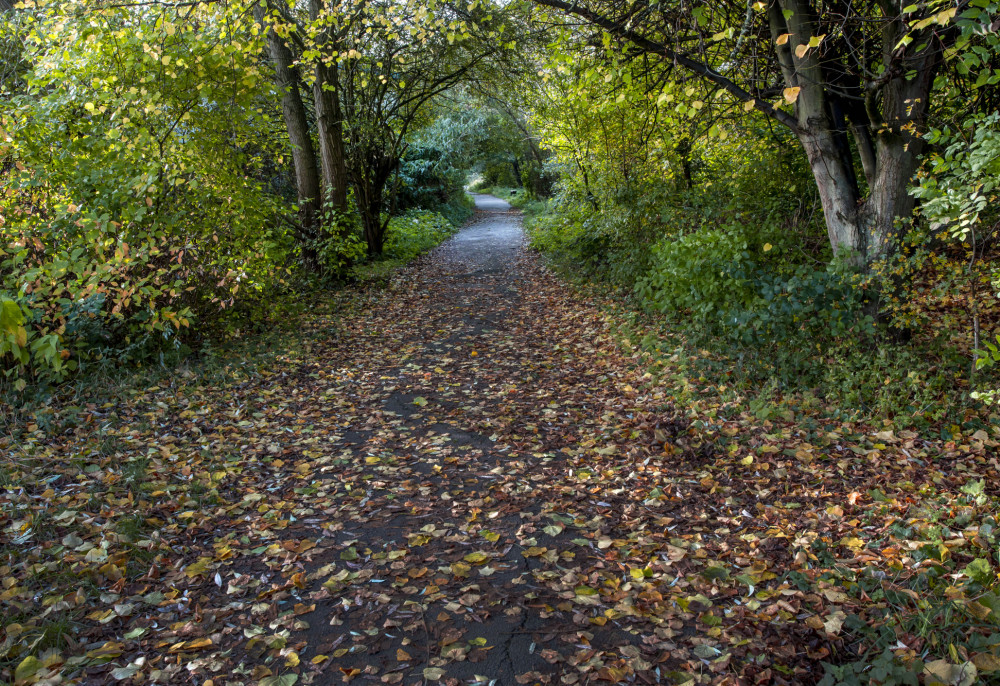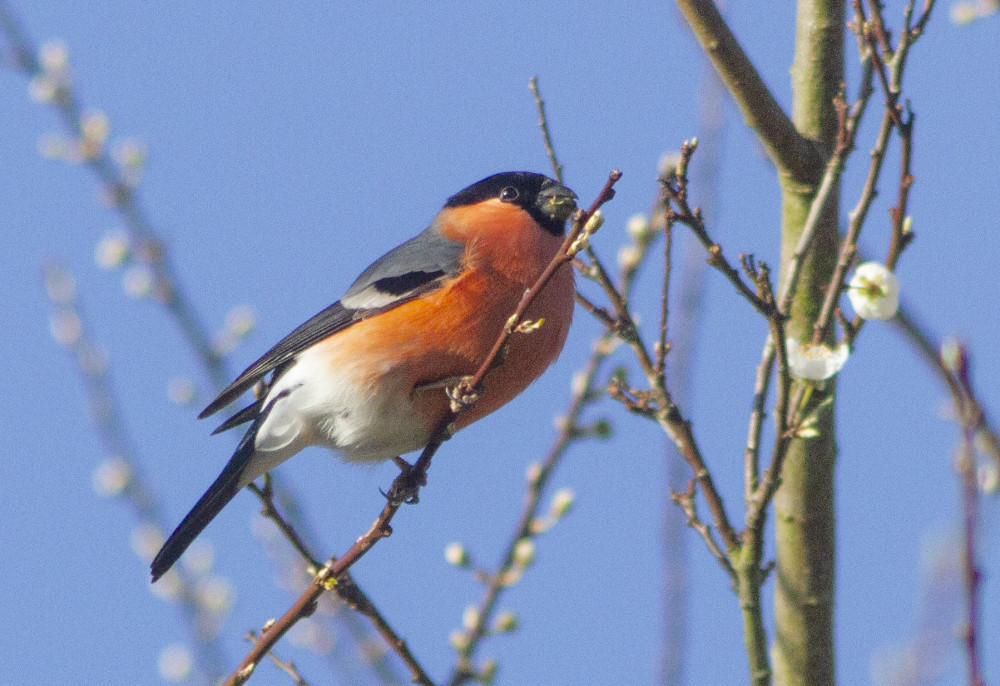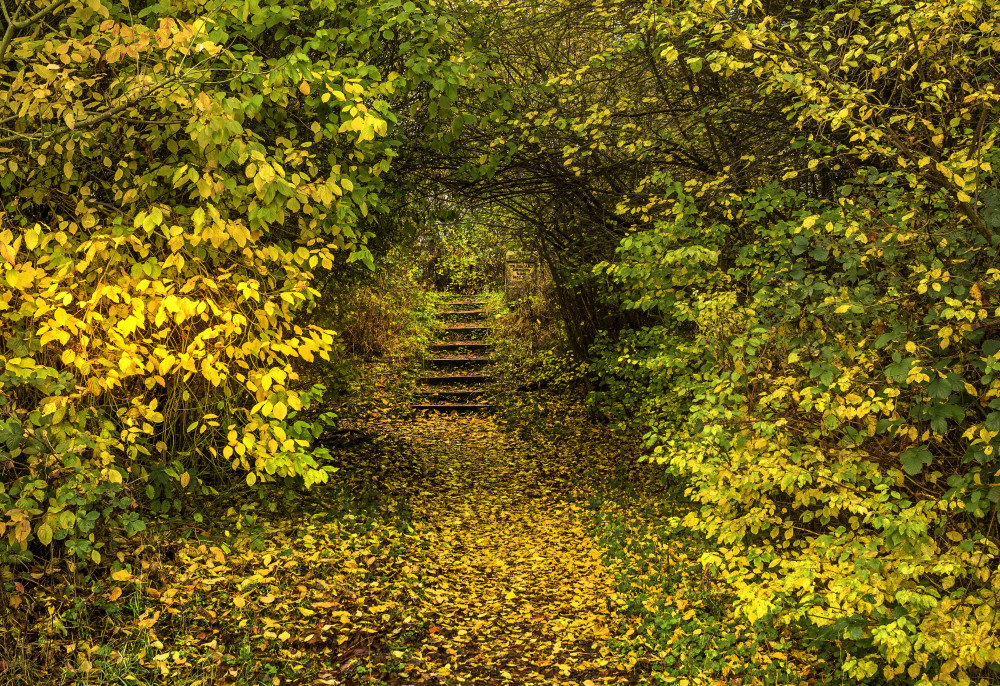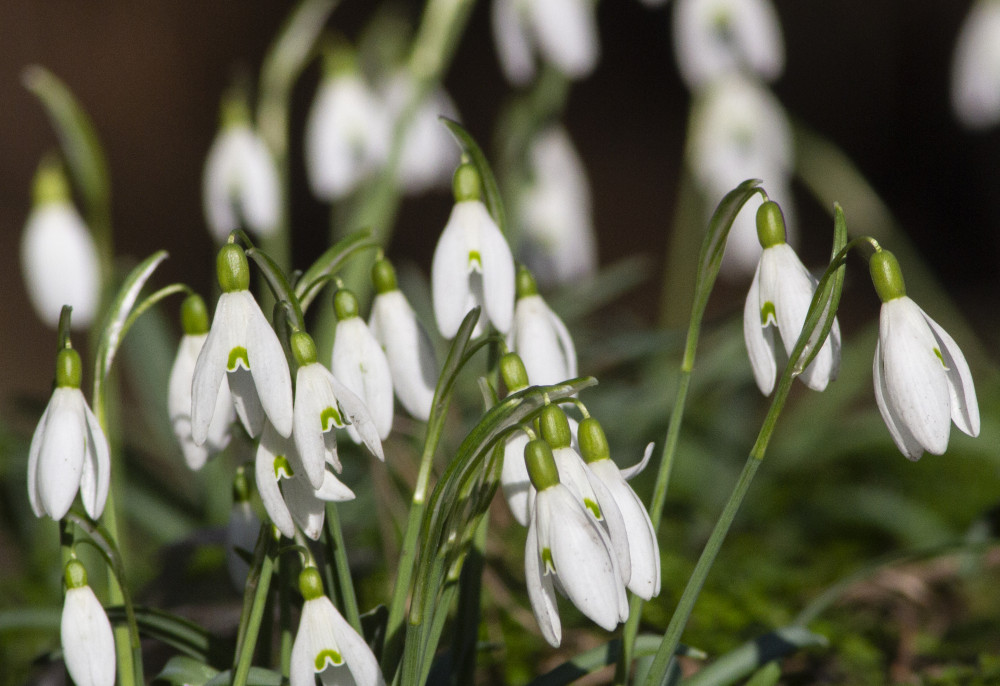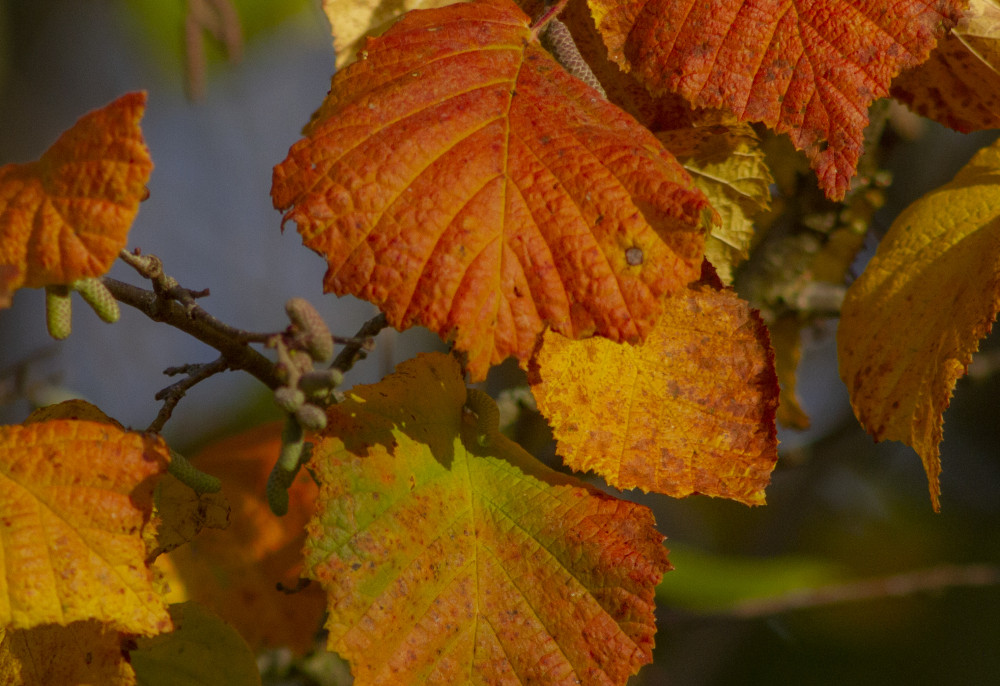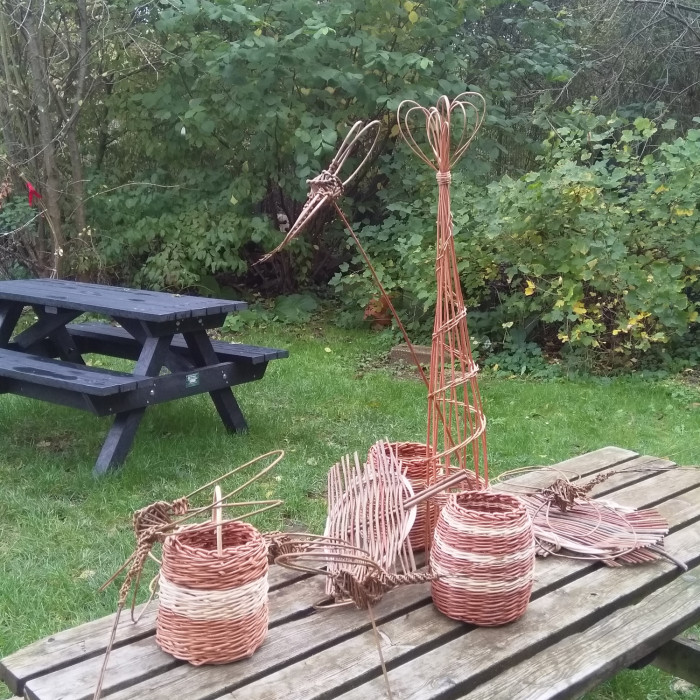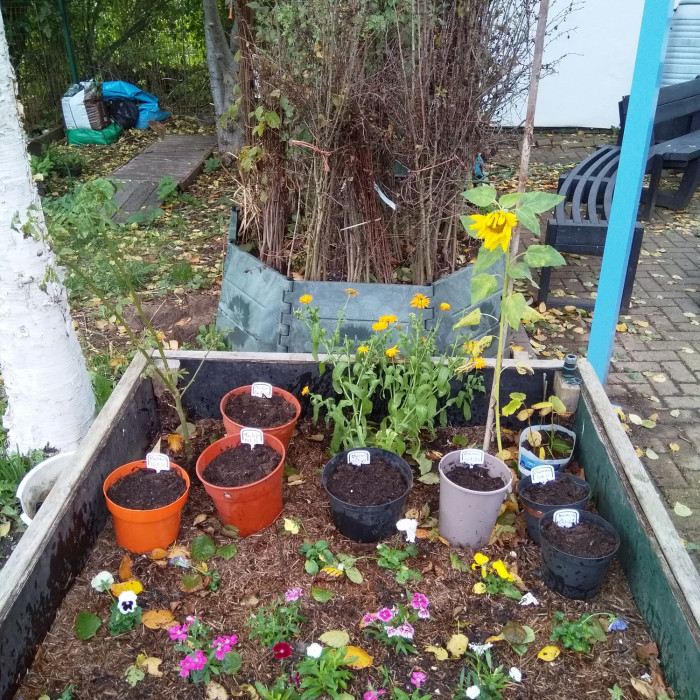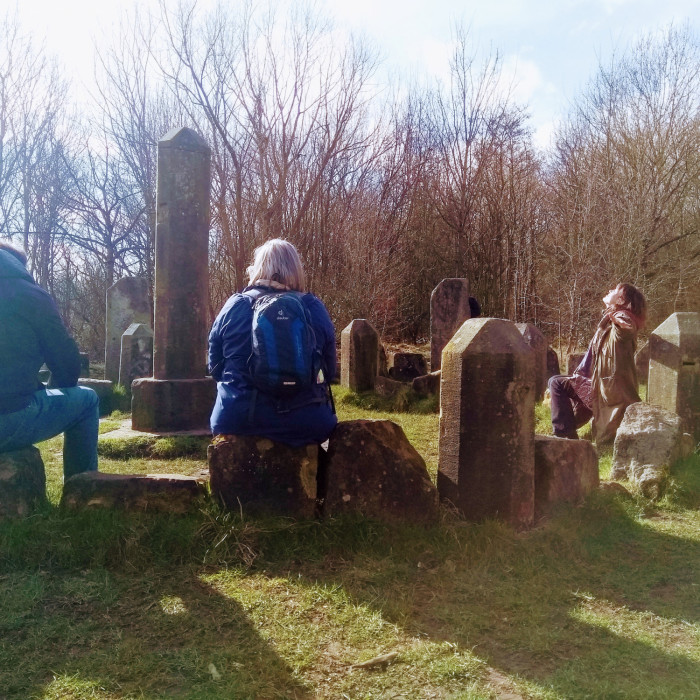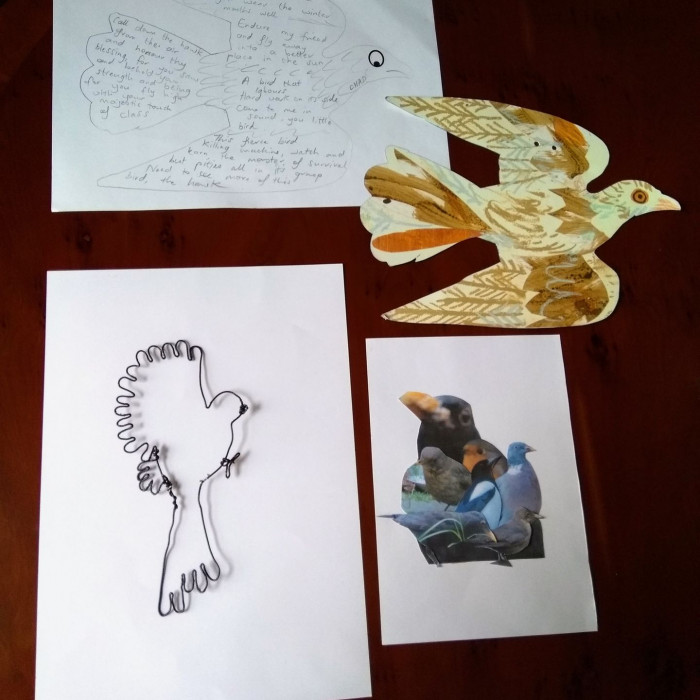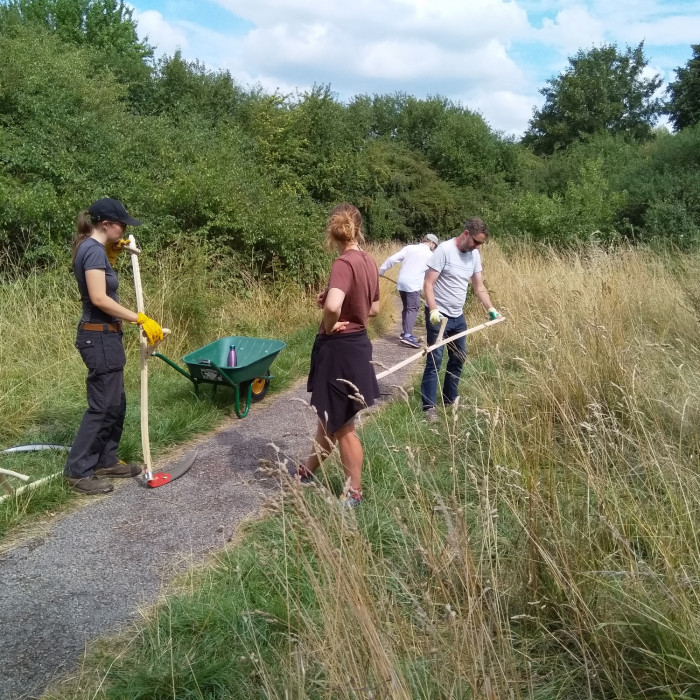Discover Nature - Tuesdays 10:00am-12:00pm year round at St Nicks. Full for now.
Join a safe and nurturing environment in which you can learn much more about the natural world. Sessions are seasonally themed and led by an expert tutor. Each week focuses on a different species or habitat with the opportunity to participate in wildlife-based activities, animal surveys and field trips planned around the migration of birds and animals throughout the year. The group usually takes an accessible walk and enjoys hot drinks and refreshments upon returning to the centre. We also arrange talks from local experts. There’s always something new to discover.
Discover Nature 'Closer Look' - Tuesdays 12:30-2:30pm year round at St Nicks. Full for now.
An opportunity to learn about local wildlife in a friendly environment. Each sessions starts with a discussion about our chosen topic. We then head out onto the reserve for hands-on activities to record and learn about local species e.g. bumblebee surveys, bird territory mapping, and wildflower identification workshops. Participants will be provided with notebooks/journals to record key sightings, seasonal changes, and their response to nature. We aim to provide you with the skills and experience to become volunteer surveyors, adding to the pool of citizen scientists helping monitor the UK’s natural world.
Willow Weaving - Tuesdays 3:00-5:00pm year round at St Nicks. Full for now.
The Willow workshop will focus on basic willow weaving skills, which will then be practised and repeated to develop confidence and expertise. The group will batch make bird feeders, dragonflies, giant flowers and baskets, moving beyond learning to familiarity and ease with the weaves. No experience necessary, all tools and materials provided. Sessions will be outside, weather permitting. The course will run year round and will take short breaks throughout the year. Tutor Angela Cole will run the weekly sessions. To find out more about Angela’s work, please visit her website: Yorkshire Willow Baskets.

